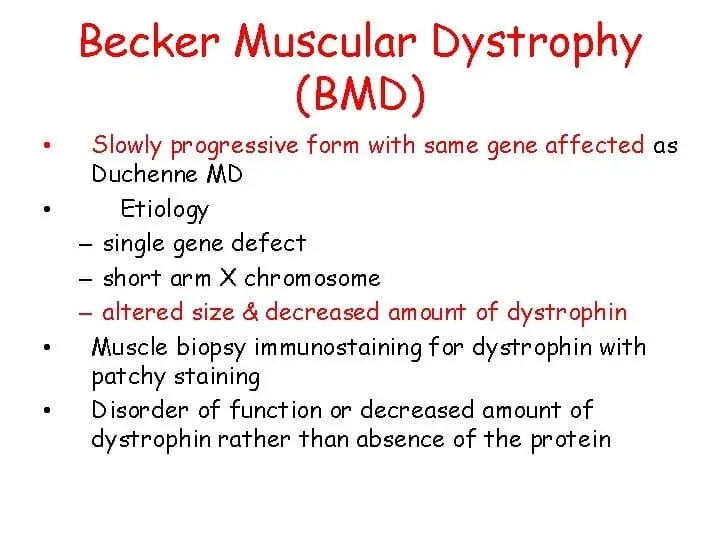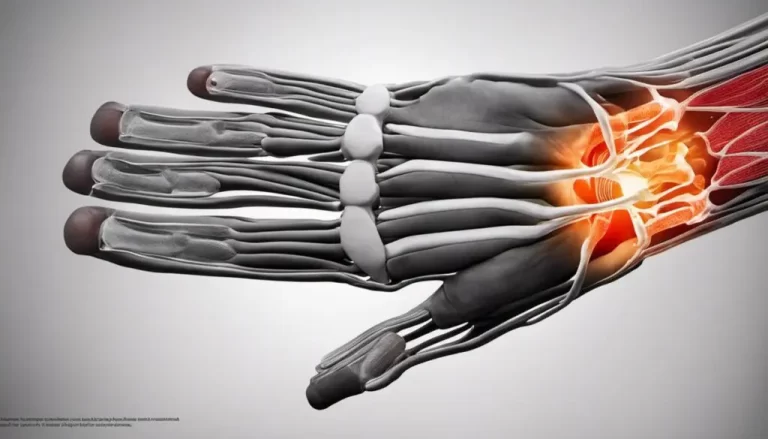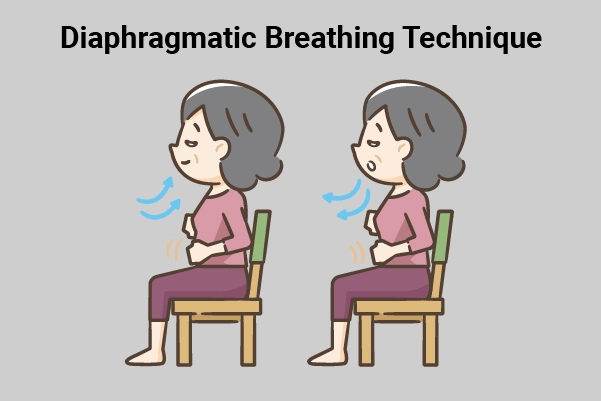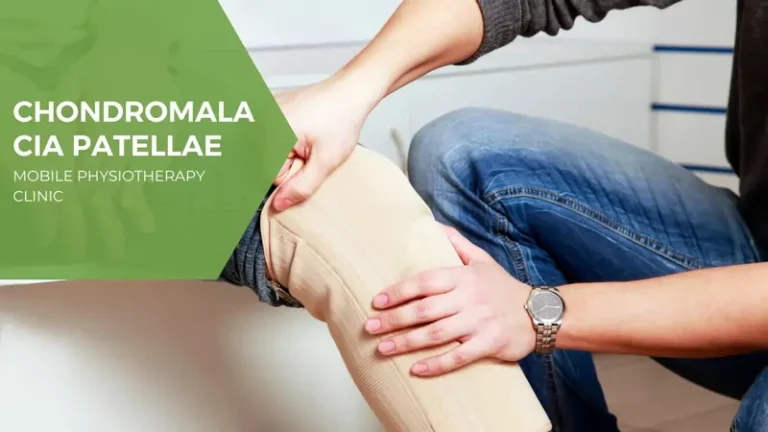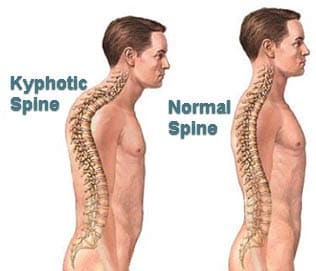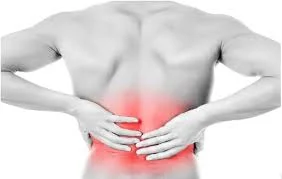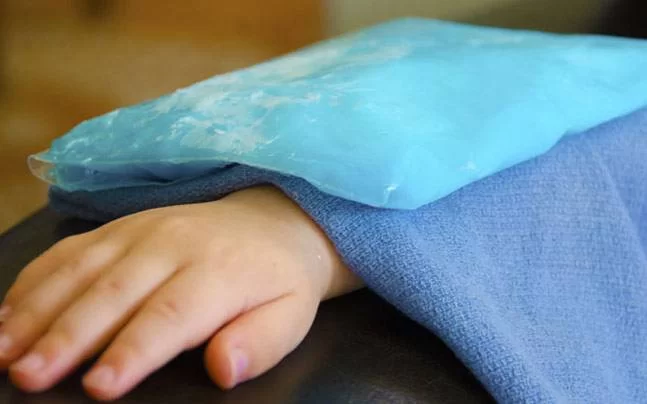Becker Muscular Dystrophy(BMD): Physiotherapy Exercise
Table of Contents
What Is Becker Muscular Dystrophy?
Becker muscular dystrophy also BMD is a type of muscular dystrophy, a genetic disorder that gradually makes the body’s muscles gradually become weaker and smaller. It causes less severe problems than the most common type, Duchenne muscular dystrophy (DMD).
Introduction
- Muscular dystrophy is a group of diseases that causes progressive weakness of muscles and loss of the mass of muscles. In muscular dystrophy, gene mutation interferes with the formation of proteins which is important for production of healthy muscle.
- The most commonest type of muscles dystrophy is Duchenne muscular dystrophy (DMD). The second next most common type of muscles dystrophy is Becker muscular dystrophy (BMD).
- There are 9 major types of muscular dystrophy are presents. Each type of muscular dystrophy differentiated in the muscles affection, age of onset, and progression rate of dystrophy. Some types of muscuiar dystrophy named according to affected muscles, including the following
Type of muscular dystrophy :
- Becker muscular dystrophy
- onset :Teen to early adulthood
- Symptoms
- Symptoms are almost the same as Duchenne muscular dystrophy , but less severe. It progression more slowly than Duchenne muscular dystrophy.
- Congenital muscular dystrophy
- onset :Birth
- Symptoms
- Symptoms include general weakness of muscle and possible deformities of joints.
- Duchenne muscular dystrophy
- onset : Ages 2 to 6
- Symptoms
- Symptoms include general weakness of muscles and wasting. Duchenne muscular dystrophy commonly affects the pelvis, upper arms, and upper legs. Over time, it contains all voluntary group of muscles.
- Distal muscular dystrophy
- onset : Ages 40 to 60
- Symptoms
- Distal muscular dystrophy Symptoms include muscles weakness and muscles wasting in the hands, forearms, and lower legs.
- Emery-Dreifuss muscular dystrophy
- onset : Childhood to early teens
- Symptoms
- Symptoms include weakness of muscles and wasting of shoulder, upper arm, and shin muscles. Joint deformities are also common.
- Facioscapulohumeral muscular dystrophy
- onset : Childhood to early adults
- Symptoms
- Symptoms include muscle weakness of face and weakness with some wasting of muscles in shoulders and upper arms.
- Limb-Girdle muscular dystrophy
- onset : Late childhood to middle age
- Symptoms
- Symptoms include muscles weakness and muscles wasting, most commonly affected are shoulder girdle and pelvic girdle first.
- Myotonic muscular dystrophy
- onset : Ages 20 to 40
- Symptoms
- Myotonic muscular dystrophy Symptoms include weakness of all groups of muscle andthere is late relaxation of muscles after contraction. Myotonic muscular dystrophy affects the face, feet, hands, and neck muscles first.
- Oculopharyngeal muscular dystrophy
- onset : Ages 40 to 70
- Symptoms
- It affect muscles of eyelids and throat causing weakness of throat muscles. Over time, this causes unable to swallow and severe weight loss because of lack of food.
Definition of Becker muscular dystrophy (BMD):
- Becker muscular dystrophy (BMD) is one of nine types of muscular dystrophies, a group of genetic, degenerative diseases First affects voluntary group of muscles. Becker muscular dystrophy Related to a group of dystrophinopathies including Duchenne muscular dystrophy (DMD) and an intermediate form between Duchenne muscular dystrophy and Becker muscular dystrophy.
- Becker muscular dystrophy is similar to Duchenne muscular dystrophy but allows the voluntary muscles to function better than they do in Duchenne muscular dystrophy .Becker muscular dystrophy has a later onset and have a milder symptoms compared to Duchenne muscular dystrophy. The muscle of heart, however, can be affected as same way like Duchenne muscular dystrophy.
Symptoms of BMD:
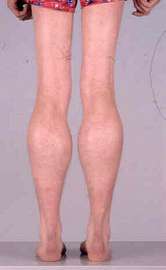
- Muscle weakness, gradually increasing difficulty in walking
- Severe upper limb muscle weakness
- Toe-walking
- Difficulty in breathing
- scoliosis
- kyphosis
- Pseudohypertrophy of calf muscles
- Muscle cramps
- Heart muscle problems
- Increased creatine kinase levels in blood
- progressive muscle weakness in leg and pelvis muscles, which is associated with a loss of muscle mass (wasting). Muscle weakness occurs in the arms, neck, and other areas in body.
- In motor milestones Delayed developmental might be the first observation from parents.
- Clumsy
- Frequent falls down
- Difficulty rising from the floor, may show Gowers’s sign
- dilated cardiomyopathy
- Contractures
- Waddling gait in severe cases
Differential Diagnosis:
- Duchenne Muscular Dystrophy: Most severe and early onset than BMD. Prognosis is bad.
- Polymyositis: absence of distal pseudohypertrophy helps in differentiating between Polymyositis and Muscular Dystrophy.
- Spinal Muscular Atrophy: absence of dystrophin gene mutation in a DNA probeencourage spinal muscular atrophy as an alternative diagnosis.
- Limb-girdle Muscular Dystrophy: Limb-girdle Muscular Dystrophy is difficult to differentiate from becker Muscular Dystrophy; however, calf muscle pseudohypertrophy is not present.
- Dilated Cardiomyopathy: cardiomyopathy is the serious complication and the leading cause of mortality in dystrophies. But dilated cardiomyopathy may be a separate with a different genetic cause or from other causes apart from muscular dystrophy.
- Emery-Dreifuss Muscular Dystrophy: Early contractures and cardiac defects help to differentiat it from BMD.
- Myasthenia Gravis: Fluctuating weakness in muscle in the body simulate the clinical presentation of becker Muscular Dystrophy, but weakness in facial muscles, ptosis, and diplopia are common.
- Metabolic Myopathies: Most patients complaint about muscle weakness and pain during physical activity rather than during rest.
Diagnostic Procedures:
- Serum creatine kinase level increased moderate to severe
- Dystrophin gene deletion analysis by gene analysis done by different methods such as Multiplex ligation-dependant probe amplification (MLPA), fluorescence in situ hybridization (FISH), and polymerase chain reaction (PCR).Multiplex ligation-dependant probe amplification (MLPA) is the most commonest method.
- Muscle biopsy
- Cardiac magnetic resonance imaging (MRI)
- Electromyography: used to differentiate between primary nerve process disease and myopathy.
- Nerve conduction studies
- Electrocardiogram/Echocardiogram
- Pulmonary Function Test
- X-rays to detect any bone defect due to contractures and wasting of muscles, tracking scoliosis
- Liver function tests for transaminases
Medical Treatment:
- No proper medications are applied to the patients for the specific treatment of Becker muscular dystrophy.
- Medications are given to treat symptoms that are commonly present in Becker muscular dystrophy like cardiac medications for heart disease.
- Corticosteroid medications are used to help patient remain able to walk for as long as possible by delaying the inflammatory process.
- There is no cure for Becker muscular dystrophy. Treatment is aimed at control of symptoms to increased the quality of life.encouraged the Activity. Inactivity such as bed rest or sitting down for long period can worsen the muscle disease. Physical therapy helpful to maintain muscle strength. Orthopedic appliances like braces and wheelchairs may improve patients mobility and self-care.
- Immunosuppressant steroids are commonly used for slow the progression of the Disease. This drug contributes to an increased production of the protein utrophin which closely resembles dystrophin, the protein that is defective in BMD.
Prognosis:
- The progression of Becker muscular dystrophy is highly variable than Duchenne muscular dystrophy. There is also a form that may be considered as an intermediate between Duchenne muscular dystrophy and Becker muscular dystrophy(mild DMD or severe BMD). The severity of the Becker muscular dystrophy may be indicated by age of the patient at the onset of the disease.
- The quality of life for patients with Becker muscular dystrophy can be affected by the symptoms of the disorder. But with the help of assistive devices, independence can be maintained. People affected by Becker muscular dystrophy can maintain active lifestyles.
Physiotherapy Treatment:
- Family education and Patience are important in these cases.
- Passive and Active exercise to improve range of motion and used to prevent or delay the development of contractures.
- Activities such as bicycle riding and swimming also helps to improve cardiovascular fitness and strength training. However, care should be taken because these activities are not strenuous or fatiguing as they can cause more harm to the muscles.
- Respiratory training – In the early stages of the condition, the physiotherapist will be involved in helping to keep the child active. During later stages of the condition, the physiotherapist helps more in respiratory issues. patient will treated by using spirometry, positioning, huffing, and coughing in an efficient way.
- Improving the child’s motor developmental skills(motor milestone) and helping him reach the milestones by using Proprioceptive Neuromuscular Functioning techniques, and various approaches like Roods, Brunnstrom and Bobath
- Progressive resistance exercises with minimal weights used without fatiguing the muscles.First start with low weight than gradually imcreased the weight.
- Massage can be applied over the muscles to reduce pain and contractures.
- Occupational Therapy
- Activities of Daily Living can be modified based on the level of impairment presents in patients. Adaptations by different types of tools can be done like dressing sticks, grab bars, modified dinner sets, handles, raised toilet seats, etc. Items can be placed at lower levels in patient with wheelchair.
- Orthosis
- Mobility improve by assistive devise such as a scooter or a fully adapted wheelchair with a custom seat and back, custom supports, and electric power.
Speech Therapy
- Dysphagia concerns evaluated by a speech therapist. In Clinical evaluation, result to avoid specific type of food textures and liquid viscosities, as well as to avoid some positions during feeding.
- Recreational Therapy
- Avocational training, needs, desires, and hobbies can be motivated to promote the well-being and overall physical health of the patients. activities should be evaluated according to child’s interests and capabilities. Various musical instruments, dances, crafts, art as well as yoga we can use.
Complications:
Complications in Becker muscular dystrophy are the following
- cardiomyopathy
- loss of pulmonary function
- loss of liver functions
- loss of ambulation
- cognitive impairment
- bone fractures.
- high chance of infections in chest after operation.
- kidney failure
- corticosteroids cause adrenal insufficiency and immunosuppression.
- cardiac arrhythmias
- Mental impairment
- Pulmonary failure
- Pneumonia

